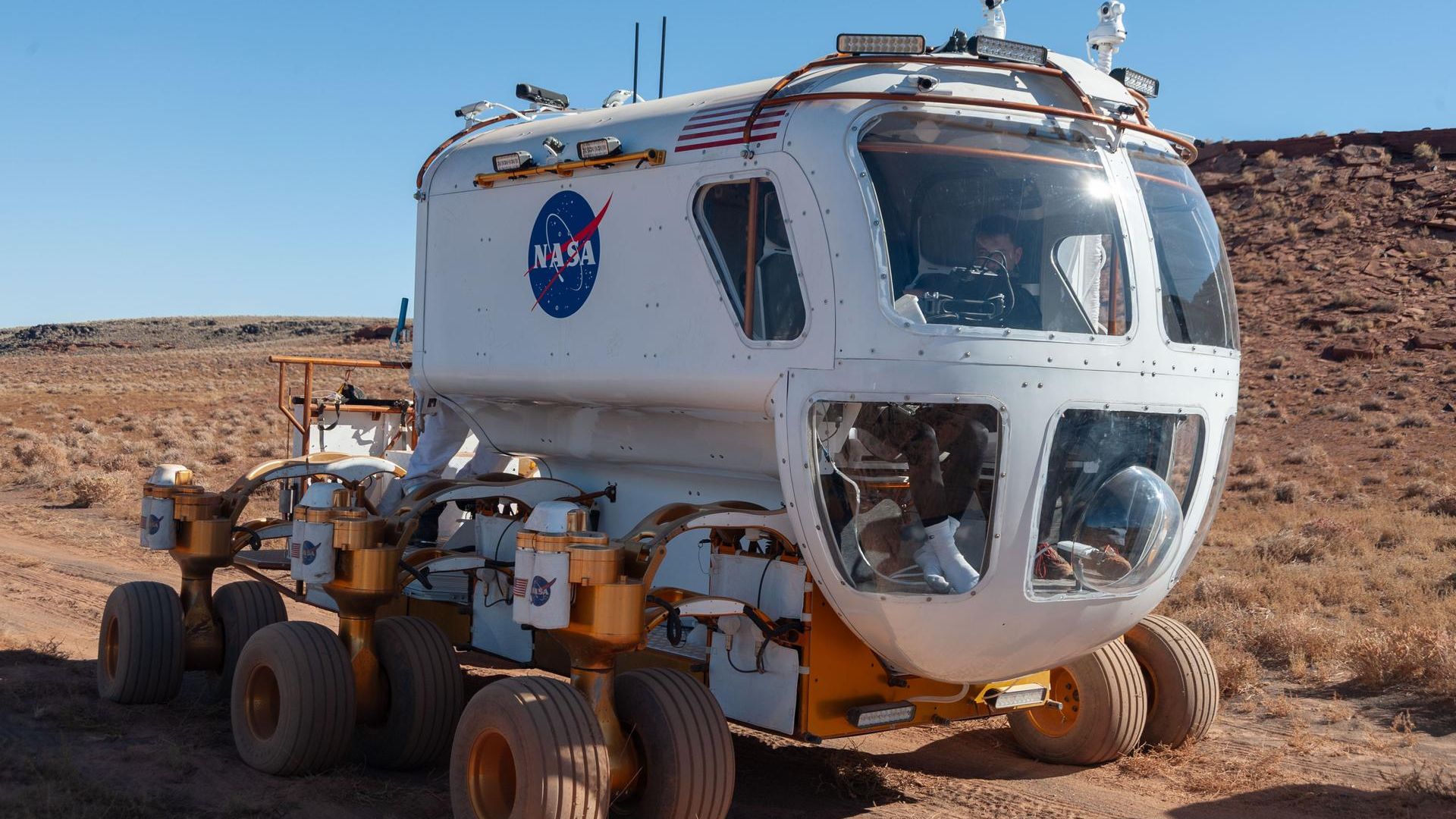| IN A NUTSHELL |
|
In a significant development for the aerospace industry, Sierra Space and NASA have revisited their contract terms concerning the Dream Chaser spaceplane. This renegotiation shifts the Dream Chaser from its initial role of supplying the International Space Station (ISS) to becoming a free-flying spacecraft. This strategic pivot is not just about adapting to delays and programmatic changes but also about positioning the Dream Chaser for a broader future in space transportation. With the ISS scheduled for decommissioning by 2030, Sierra Space is exploring new avenues for the spaceplane, including potential roles in national defense and supporting private space station ventures.
The Initial Vision for Dream Chaser
The Dream Chaser was conceived as part of NASA’s Commercial Resupply Services (CRS-2) initiative. This program aimed to expand the fleet of spacecraft capable of resupplying the ISS. Sierra Space was one of the companies awarded a contract under this program, with the expectation of executing at least seven supply missions. The Dream Chaser, with its innovative Shooting Star cargo module, was intended to not only deliver supplies but also handle waste disposal by burning up disposable modules in the Earth’s atmosphere.
However, the program faced numerous obstacles. Technical challenges and design changes in the Dream Chaser’s propulsion system led to significant delays. This three-mode propulsion system, capable of switching thrust levels by alternating between hydrogen peroxide and a mix of peroxide and RP-1 fuel, proved complex to certify for ISS missions. These hurdles, coupled with the impending decommissioning of the ISS, prompted a reevaluation of the spacecraft’s mission and contractual obligations.
A Shift in Strategy
NASA and Sierra Space’s revised agreement reflects a pragmatic shift in strategy. With the ISS’s operational timeline ending in 2030, the original plan for seven Dream Chaser missions became increasingly unlikely. Moreover, Sierra Space’s ambitions for the spaceplane extend beyond resupply missions. The company envisions the Dream Chaser as a versatile asset capable of supporting national defense and security operations.
Under the new terms, the Dream Chaser’s first orbital flight will occur in 2026 as a free flier, independent of the ISS. This flexibility allows Sierra Space to explore diverse mission profiles without being tethered to the ISS’s schedule. While NASA may still purchase cargo missions if time permits, the spaceplane’s future now hinges on its adaptability to emerging needs in space transportation and defense.
Preparing for a Post-ISS Future
As the era of the ISS draws to a close, the focus is shifting towards the development of private space stations and other low-Earth orbit ventures. Sierra Space is positioning the Dream Chaser to play a critical role in this new landscape. The spacecraft’s ability to launch vertically on a rocket and land horizontally like an airplane offers unique advantages in terms of reusability and rapid turnaround.
These features make the Dream Chaser an attractive option for servicing future private space stations. Its versatility also extends to defense and intelligence missions, where quick deployment and mission flexibility are paramount. As such, the Dream Chaser is poised to become a key player in the next phase of human spaceflight, aligning with broader national security priorities.
Sierra Space’s Vision for the Future
Fatih Ozmen, Executive Chair at Sierra Space, articulates a bold vision for the Dream Chaser. He describes the spaceplane as embodying the future of versatile space transportation, with capabilities tailored to meet a wide range of mission requirements. This includes addressing both emerging threats and longstanding national security concerns.
By decoupling the Dream Chaser from exclusive reliance on NASA, Sierra Space aims to preserve its potential as a national asset. The company’s strategic pivot underscores a commitment to ensuring the spacecraft’s readiness for new challenges and opportunities in space exploration. This approach reflects a broader trend in the aerospace industry towards leveraging commercial innovation to enhance national capabilities.
As Sierra Space and NASA chart a new course for the Dream Chaser, the broader implications for space exploration and defense are significant. Will this shift in strategy enable the Dream Chaser to fulfill its potential as a versatile asset in the evolving landscape of space missions? The coming years will reveal how this innovative spaceplane adapts to the demands of a dynamic and rapidly changing industry.
This article is based on verified sources and supported by editorial technologies.
Did you like it? 4.5/5 (27)
Source link


